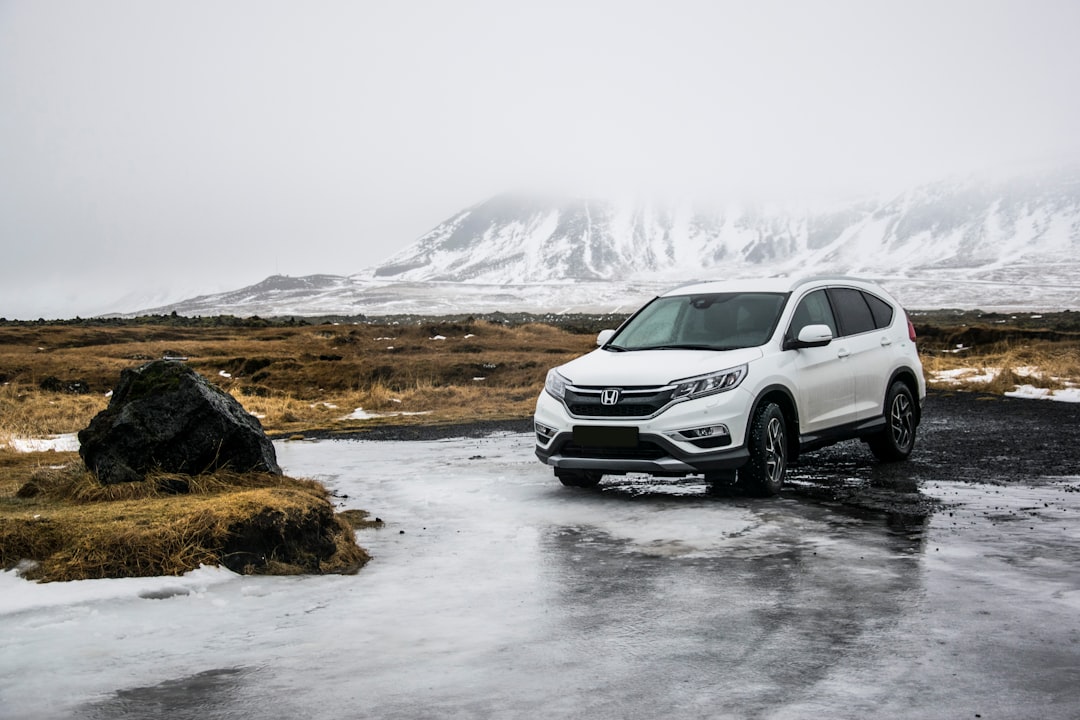In a world where digital navigation has become an integral part of our daily routines, Google Maps continues to dominate the scene. However, growing concerns about data privacy, over-reliance on a single tech giant, and the need for specialized features are prompting many users to explore alternatives. Whether you’re a daily commuter, a frequent traveler, or just someone concerned about digital footprints, it’s wise to know your options. Below are the top 3 Google Maps alternatives that deserve your attention in 2024.
1. OsmAnd – Offline Maps with OpenStreetMap Data
OsmAnd (short for “OSM Automated Navigation Directions”) is a robust mapping tool based on OpenStreetMap. It offers detailed maps, advanced navigational tools, and a strong emphasis on offline usability.
Key Features:
- Fully functional offline maps with turn-by-turn voice navigation.
- Highly customizable interface and plugin support.
- Supports hiking, biking, and skiing navigation modes.
- Regular updates based on community-driven OpenStreetMap data.
One of OsmAnd’s standout attributes is its respect for user privacy. Since the app doesn’t rely on cloud-based tracking, it’s a great choice for privacy-conscious users. Moreover, its extensive selection of offline functionalities makes it ideal for travel in areas with poor internet connectivity.

Who is it best for? Travelers, outdoor enthusiasts, or anyone who prefers open-source platforms over corporate ecosystems.
2. Waze – Real-Time, Community-Powered Navigation
If real-time traffic data is your priority, Waze is a popular and highly effective alternative to Google Maps. Interestingly, Waze is owned by Google but operates independently and offers a distinct user experience tailored for driving and traffic efficiency.
Key Features:
- Up-to-the-minute traffic alerts and road hazard notifications.
- Community-driven input about accidents, speed traps, and closed roads.
- Smart routing based on real-time conditions.
- Integration with music and podcast apps for a seamless driving experience.
Waze differentiates itself by providing faster alternatives based on real-time data collected by its users. It’s ideal for urban drivers looking to shave minutes off their commutes or avoid traffic jams and roadblocks before they’re reported elsewhere.

Who is it best for? Daily commuters, delivery drivers, and anyone who spends a lot of time behind the wheel in city traffic.
3. HERE WeGo – Comprehensive and User-Friendly Navigation
HERE WeGo has steadily gained traction among users looking for a clean, reliable app with powerful features and fewer distractions. Originally developed by Nokia, HERE WeGo is now managed by a consortium of automotive companies, including BMW, Audi, and Mercedes-Benz, lending it a strong reputation in mobility solutions.
Key Features:
- Offline maps available for over 100 countries.
- Public transportation data for major cities worldwide.
- Turn-by-turn directions with lane guidance and speed limits.
- Integration with ride-sharing services for multi-modal travel planning.
HERE WeGo excels at providing clear, distraction-free maps and navigation. Its design is easy to use and accessible even for first-time users. Additionally, it offers detailed public transit options—a major plus for city dwellers or tourists relying on buses and trains.
Who is it best for? Urban users, international travelers, and people looking for a clean alternative to feature-heavy apps like Google Maps.
Conclusion
While Google Maps remains a dominant force in digital navigation, venturing beyond it can unlock a richer, more specialized mapping experience. Whether you value offline functionality, real-time traffic, or urban public transit plans, there’s an alternative suited to your needs.
Ultimately, the best mapping tool is the one that aligns with your priorities—be it privacy, performance, or mobility options. By exploring these reliable Google Map alternatives, you’re not only diversifying your toolkit but also supporting platforms that often prioritize user empowerment over data monetization.
 smartphone navigation, map app, directions, travel[/ai-img>
smartphone navigation, map app, directions, travel[/ai-img>











